Memphis Tours Blogs
Why Dubai Spice Souk Should Be Your First Stop in The Old City Of Dubai
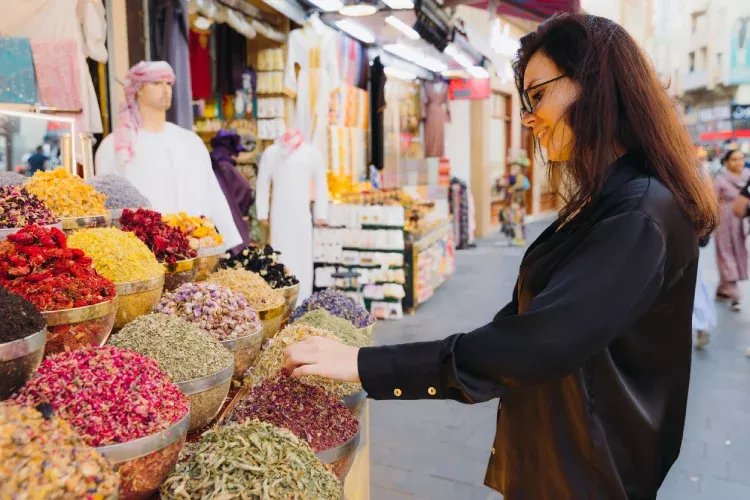

Dubai Spice Souk proves Dubai's rich trading heritage in the historic Deira district. This traditional spice market fascinates visitors with colorful displays of spices in striking heaps that create a photographer's paradise. You will need to add it in your Dubai travel package.
The historic souk sits next to the Gold Souk with narrow lanes of open and closed-roof stores. Visitors will find everything from premium saffron to exotic spice blends. This sensory wonderland welcomes guests from 8 a.m. to 9 p.m. daily, making it available throughout their Dubai experience. Friendly vendors are happy to share their knowledge and offer samples. Seasoned shoppers can negotiate prices down to half the original asking price, especially for prized ingredients like saffron.

Navigate Dubai Spice Souk Like a Local
A visit to Dubai's spice souk becomes perfect with the right timing. The winter months bring comfortable temperatures between 60-80 degrees (°F) that make strolling through aromatic alleys a pleasure. The spring weather gets a bit warmer but draws smaller crowds, which creates a relaxed shopping atmosphere.
The market welcomes shoppers from 9:00 A.M. to 10:00 P.M. Saturday through Thursday, with a break between 1:00 P.M. and 4:00 P.M. Friday hours run from 4:00 P.M. until 10:00 P.M. The morning hours from 10:00 A.M. to 1:00 P.M. offer a peaceful shopping experience, while the atmosphere comes alive with energy from 5:00 P.M. onwards.
The souk's traditional design features covered alleyways with wooden posts and glowing lanterns that light up the pathways. More than 150 small retailers fill these corridors, and each specializes in different spices and herbs. The market has sections that display everything from local Arabic spices to subcontinent varieties in large baskets and open sacks. You will return home with authentic items from your Dubai trip.
Getting the best deals means learning some basic Arabic phrases. Here are the core expressions you'll need:
- "Bikam haadha?" - How much does this cost?
- "Min fadlak/fadlik" - Please (when speaking to a man/woman)
- "Hal yumkinuka iʻṭāʼī siʻran afḍal?" - Can you give me a better price?
- "La Shukran" - No thank you
The souk's location makes it easy to reach by various means. You can take the metro to Al Ras station on the Green Line or enjoy a traditional abra ride across Dubai Creek. Drivers will find convenient spots at the RTA carpark facing the souk, with extra parking available near Dubai Museum in Bur Dubai.
Must-Buy Spices and Specialties
Saffron reigns supreme in Dubai's spice souk. The spice comes in different grades that serve specific cooking needs:
- Negin: Premium grade with pure red tips, ideal for fragrant tea
- Sargol: Cooking-grade saffron that works well in most dishes
- Pushal/Pushali: A milder variety with yellow-orange tones
Arabic spice blends engage visitors with rich flavor combinations. Baharat, a signature mix with black pepper, cumin, and cinnamon, makes soups and stews taste better. Za'atar blends sesame seeds and dried herbs to boost meat dishes and traditional bread.
The souk boasts a vast collection of individual spices from India, Pakistan, Turkey, and Iran. You will explore different cultures during your Dubai trip. Sumac shows off its deep purple color with a lemony tang. Ras el hanout combines dozens of premium spices that work magic in marinades and meat dishes.
Quality checks need specific features. A color test is vital for saffron - real strands show even red coloring. Pure saffron gives off a sweet, floral scent. Smart shoppers should get into their spices before buying them.
Storage plays a big role in spice quality. Good packaging keeps moisture and air away. Buyers should skip spices kept in poor containers or under direct sunlight. The souk's trusted vendors store their spices properly to keep their flavor and aroma fresh.
UAE leads the global spice trade, especially in saffron. Saffron exceeds its luxury status in local culture and becomes essential in Arabic tea and traditional dishes. This cultural value pushes vendors to maintain high standards.
Fresh spices show bright colors. Good sellers let you sample their spices and share details about where they come from and how to use them. This openness helps buyers make smart choices and avoid getting scammed in the market.
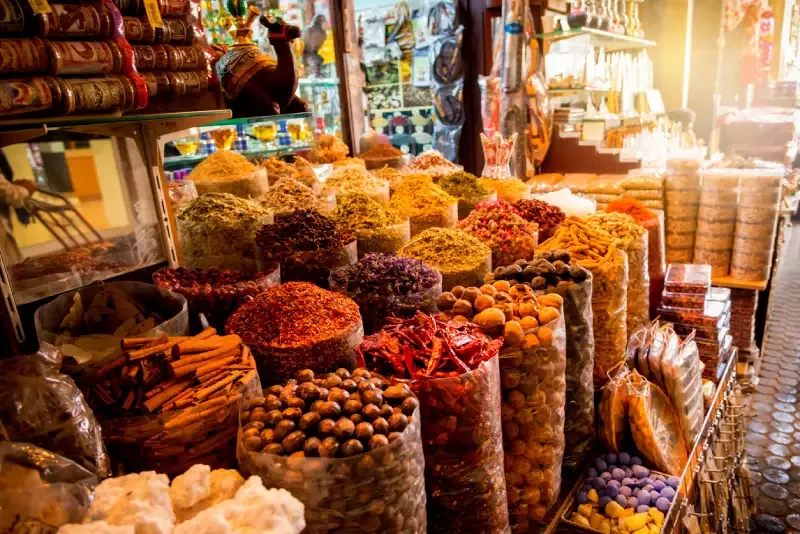

Traditional bargaining etiquette
Building a friendly connection with vendors is the foundation of good negotiation. Smart buyers show genuine interest in products and their origins before talking about prices. Vendors might quote higher prices to tourists, but knowledgeable customers who stay polite can get substantial discounts.
Most experienced shoppers start at 50% of the quoted price. A respectful tone is vital - aggressive tactics can upset vendors and ruin your chances of a good deal. Patience pays off, and being ready to walk away often leads merchants to lower their prices.
Price guidelines for common items
Vendors give better discounts on bulk purchases because they value larger sales volumes. These market-tested strategies will help you get the best prices:
- Research current market rates beforehand
- Compare prices across multiple shops
- Visit during morning hours or late afternoons
- Bring exact change to support your bargaining position
Common scams to avoid
Documented scams target visitors who aren't paying attention. Some vendors have charged customers 10 times more by sneaking in an extra zero during credit card transactions.
You should check all transaction amounts twice before signing to stay safe. Knowledge of typical pricing helps spot potential scams. Smart shoppers get prices in both spoken and written form before buying anything. Keeping receipts and transaction records is important if disputes come up later. Local authorities suggest talking to vendors first about any issues - most legitimate businesses care about their reputation and will fix honest mistakes. Be aware of these tips to have an enjoyable time during your Dubai tour.
Beyond Spices: Hidden Treasures
The Dubai spice souk's fragrance spreads through every corner, and traditional perfumery remains everything in Emirati culture. A rich source of rare and unusual fragrances fills the souk's perfume section, displayed in elegant apothecary-style bottles.
Traditional perfumes and incense
The souk's renowned vendors like Ajmal store and Swiss Arabian keep the art of perfumery alive with their premium Arabic and French-inspired fragrances. These merchants create custom blends based on customers' priorities and skin types to ensure each person walks away with their signature scent.
Oud, extracted from agarwood, stands out as one of the world's most expensive natural resources. This "Liquid Gold" serves as both a personal luxury and a symbol of traditional hospitality. Bakhoor - agarwood chips soaked with jasmine and sandalwood - releases aromatic plumes from traditional burners.
Dried fruits and local delicacies
Colors and textures paint the souk's dried fruit selection. Premium quality offerings include:
- Iranian and Afghan imports featuring dates, figs, and mulberries
- Specialty nuts including cashews, pistachios, and almonds from Brazil, Chile, and America
- Traditional date varieties such as Khidri, Sokari, and Madjool
Authentic souvenirs
The souk captures Dubai's cultural essence through distinctive souvenirs. Ornately carved wooden columns and antique lamps create an old-world Arabian atmosphere. Visitors can find unique treasures like traditional dallah coffee pots and decorative hookah pipes.
Stunning gifts come in the form of customized perfume bottles filled with individual-specific fragrance blends. Solid perfumes in intricately designed containers work well for travelers. Traditional incense burners paired with bakhoor bring authentic Arabian ambiance into homes.
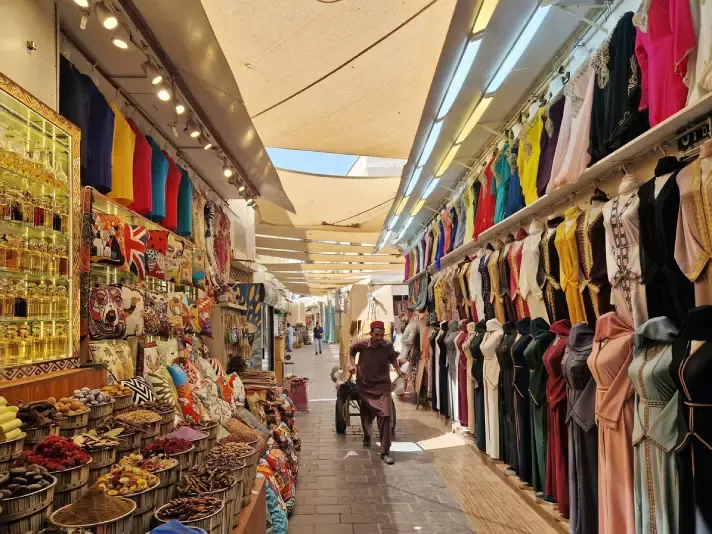
Combine With Other Old Dubai Attractions
Al Fahidi Historical Neighborhood serves as a cultural gateway just minutes from the spice souk. This historic district features traditional wind tower architecture and grand courtyards that take you back in time.
Walking route from Gold Souk
Your Old Dubai experience starts at the Gold Souk, which is just 5 minutes from the spice market. The Heritage House in the Al-Ras District is a quick 4-minute walk away. The path features traditional wind towers and rustic wooden archways that make excellent backgrounds for cultural photos.
Al Shindagha Museum and the official residence of Sheik Saeed Al Maktoum, built in 1896, give an explanation of Dubai's seafaring heritage. The path leads to Saruq Al-Hadid Archeological Museum, which displays Iron Age artifacts that were found in Dubai's desert.
Best nearby restaurants
Level 43 Sky Lounge combines panoramic views with Japanese cuisine and is known for its premium cocktails and gourmet bar bites. These places serve authentic Middle Eastern flavors:
- Purani Dilli Restaurant - Traditional Indian dishes with a 4.6 exceptional rating
- Arabian Tea House - A relaxed dining spot by the creek
- Aden Restaurant - Local specialties near Old Dubai
Photo opportunities and viewpoints
Dubai Creek creates stunning waterfront views with traditional wooden abras set against modern skylines. The Al Seef district shows a mix of heritage architecture with fort-like buildings and watch towers.
The area's best photo spots include:
Traditional Elements:
- Wind tower architecture throughout Al Fahidi
- Wooden fences and stone-cobbled walkways
- Sandy stone facades that remind you of old Dubai
Modern Contrasts:
- Dubai's glittering skyscrapers reflected in creek waters
- Traditional abras crossing the creek with contemporary backdrops
- Heritage and modern architecture blend in Al Seef
Dubai Creek Walk has some of the best spots to capture heritage buildings and water activities. The traditional abra service runs around 6 AM with about 150 boats, giving you great angles to capture Old Dubai's character and enjoy your Dubai tour.
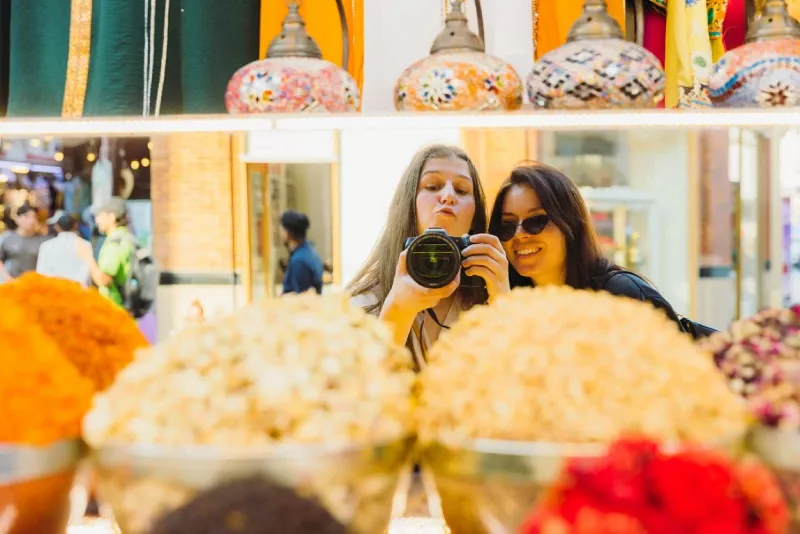
Dubai Spice Souk symbolizes Dubai`s trading heritage, not just a place for shopping. Its scented hallways provide visitors with a real glimpse into Arabian culture, where age-old trading traditions still grow.
To have a successful tour there, you will need to learn simple Arabic phrases and bargaining techniques. While vendors might quote high prices initially, with your negotiation skills, you can save your money especially on premium items like saffron and traditional spice blends.
The souk's troves go beyond spices. You can find tailor-blended perfumes, dried fruits, and authentic souvenirs. These mesmerizing items, along with nearby attractions like Al Fahidi Historical Neighborhood and Dubai Creek, create unforgettable Dubai tours. This ancient souk provides both quality products and lasting memories that visitors cherish long after leaving Dubai's shores.
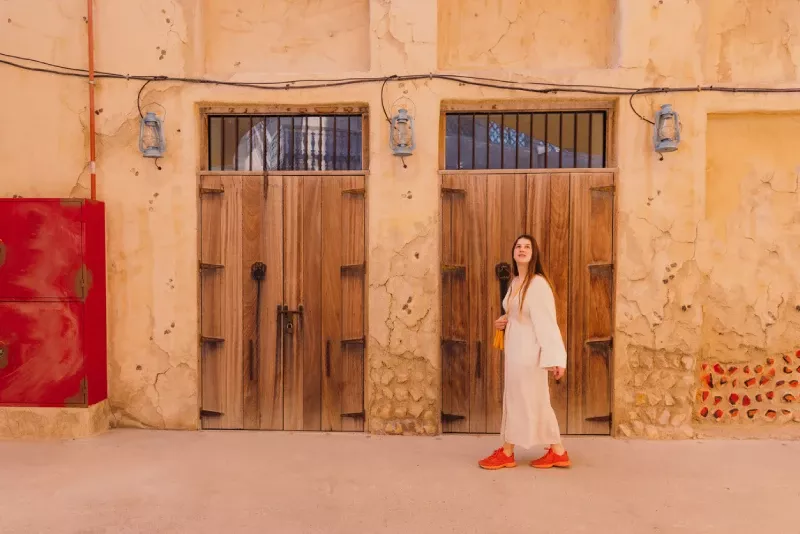

FAQs
Q1. How to get to Spice Souk Dubai?
You have several options, like using a metro or taxi or the traditional abra for a more authentic experience.
Q2. Where are the Spice Souks in Dubai?
Dubai Spice Souk located in the historic Deira district beside the Gold Souk.
Q3. What is the best time to go to Spice Souk Dubai?
During the morning hours, around 10:00 AM to 1:00 PM. This timeline offers a less-hassle shopping experience with fewer crowds. The souk is open daily, with slightly different hours on Fridays.
Q4. What to buy in Spice Souk?
The Dubai Spice Souk is renowned for its wide variety of spices. Look for premium saffron, exotic spice blends like baharat and za'atar, and local favorites such as sumac and ras el hanout. You will also find diverse types of dried fruits and authentic souvenirs.
Q5. Is Dubai Spice Souk worth visiting?
The Dubai Spice Souk is not only a place for shopping, you will discover the beauty and authenticity of Dubai and you will have an unforgettable experience.
